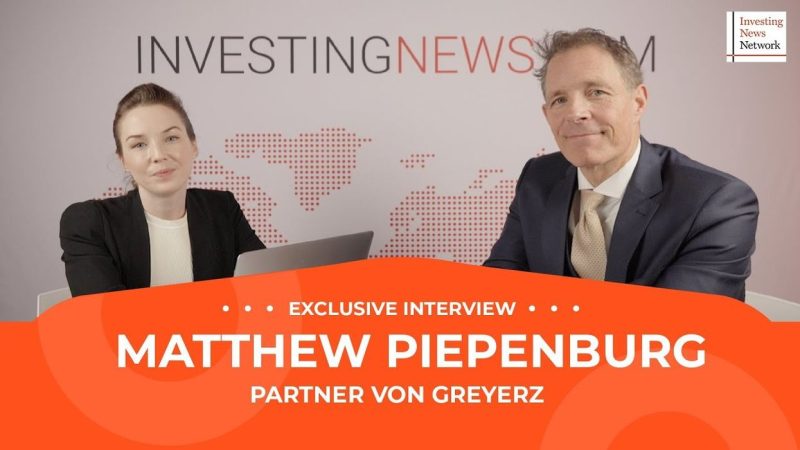Matthew Piepenburg, the critically acclaimed author and managing director of Matterhorn Asset Management AG, has recently given his thoughts on what he names The End Game—our world dawning into an era of inflation. He also predicts that amidst this economic upheaval, it is gold that will triumphantly have the last laugh.
The destructive potency of inflation is not unfamiliar, as most know it to be the invisible demon that eats away the value of money. Piepenburg emphasizes that inflation is neither a random occurrence nor a genius scheme of economic structure. Rather, it is an intended consequence of manipulations and mismanaged fiscal policies exhibited by central banks and policymakers.
Piepenburg points out the paradox of policymakers’ action. On one hand, they are striving to control inflation. Yet on the other, they continue to print money and foster rising debt levels. This, Piepenburg explains, is akin to digging a hole to fill another, a self-defeating process that eventually leads to a near-distance surge in inflation.
The result, Matthew Piepenburg postulates, will be the inevitable devaluation of currencies, leading to a drastic decrease in purchasing power. He also points towards historical events as proof of his prediction. When central banks overstep their limits in the past, it always invites catastrophic consequences.
Turning his thoughts towards gold, Piepenburg portrays it as the stable and dependable pillar in an otherwise volatile fiscal world. Throughout history, gold has proven itself as the tried and true defense against inflation. Unlike fiat currencies, gold retains its intrinsic value to a significantly larger extent, providing a haven for investors seeking value preservation.
This perspective shared by Matthew Piepenburg can be traced back to ancient civilizations where gold was identified as a store of value—millennia before the complicated financial derivatives seen today. Gold possesses the rarity, durability, and utility necessary to assume the role of a currency reserve, and most importantly, it is immune to the whimsical manipulations of monetary authorities.
Piepenburg also highlights the role of gold in protecting portfolios from stagflation—a worrisome economic condition where the economy stagnates while inflation is high. During such periods, traditional equities usually take a significant hit, but gold remains resilient, reinforcing its worth in an investment portfolio.
One factor that many fail to acknowledge while considering gold as an investment is that gold does not need to generate revenue to have value. It is a financial stalwart that holds value simply because it is rare, tangible, and cannot be replicated. Therefore, in an inflationary environment, where fiat currencies lose their worth, the real value of gold appreciates, making it an attractive investment option.
To sum it up, Matthew Piepenburg’s prediction presents an insightful perspective of the current economic scenario. While inflation may be looming, gold stands firm as the ultimate safeguard against it. The key takeaway is that in this uncertain economic climate, gold is an asset that not only withstands turbulence but is likely to thrive amidst it. Plus, taking a step further from the theoretical discourse, investors should maintain a cautious and strategic approach, considering diversifying their portfolios with assets that provide a hedge against inflation. The apparent unpredictability of the market only underscores the importance of tangible assets, such as gold, that are known historically for their investment stability and dependability.
